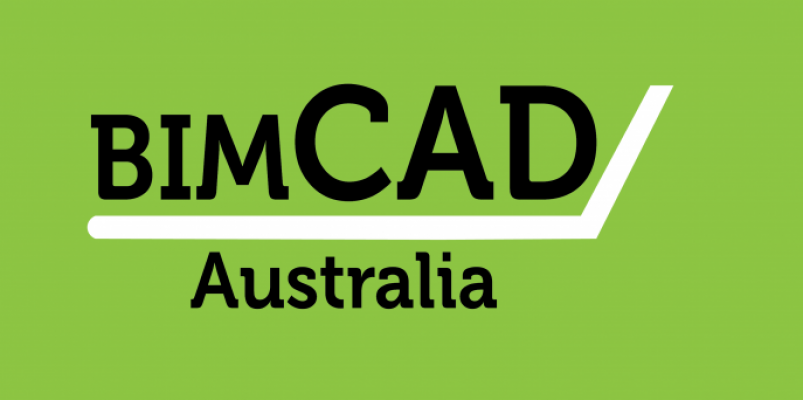Crucial role of structured physical exercise in improving the health of Seniors
Government funded research has highlighted the crucial role of structured physical exercise and building strength in improving the health, independence and quality of life of senior Australians.
A two-year, $1.4 million Muscling Up Against Disability study had yielded impressive results from progressive resistance plus balance training (PRBT).
The benefits were often life-changing and for some participants, were seemingly miraculous. On average, they more than doubled their strength in their upper and lower body and core during the 24-week program.
PRBT exercise is very simple and yet for many, it could make the difference between increasing disability, and remaining independent in their own homes.
The 245 people who participated in Muscling Up Against Disability ranged in age from 65 up to 92 and had two PRBT sessions per week, with the sessions supervised by accredited exercise physiologists.
On average, program participants registered:
33% improvement in leg strength
13% increase in overall physical performance
23% drop in the risk of sarcopenia (muscle wastage)
7% reduction in frailty
A significant reduction in falls
While strength and balance improved markedly, the study group also recorded reduced depression and anxiety.
What makes these results so important is that the participants chosen were average people receiving in-home care who would not normally exercise in a gym.
This indicates it’s never too late to start reaping the benefits of structured exercise and that people can push back against ageing and disability throughout their senior years.
The study notes that PBRT is the only exercise mode shown to reduce many of the adverse effects associated with normal ageing, including the reduction in physical disability and chronic diseases including diabetes 2, osteoporosis and osteoarthritis, all of which increase the requirement for aged care services.
The study results also indicated a steady reduction in participants’ overall health care costs.
This type of structured exercise is a win-win for senior Australians and the community. While it improves independence and wellbeing, we know fitter seniors are healthier and need less complex and costly aged care services.
Seniors should consider resistance training where possible, and to undertake as wide a range of physical activities as possible. Dancing and yoga are other activities that everyone can embrace, including people in residential care and those living with dementia.
Trials suggest that as well as improving coordination and balance, physical activity makes people feel happier and sleep better and it may also improve their thinking. Training schedules and activities should be tailored to individual capacity.

Leave a comment